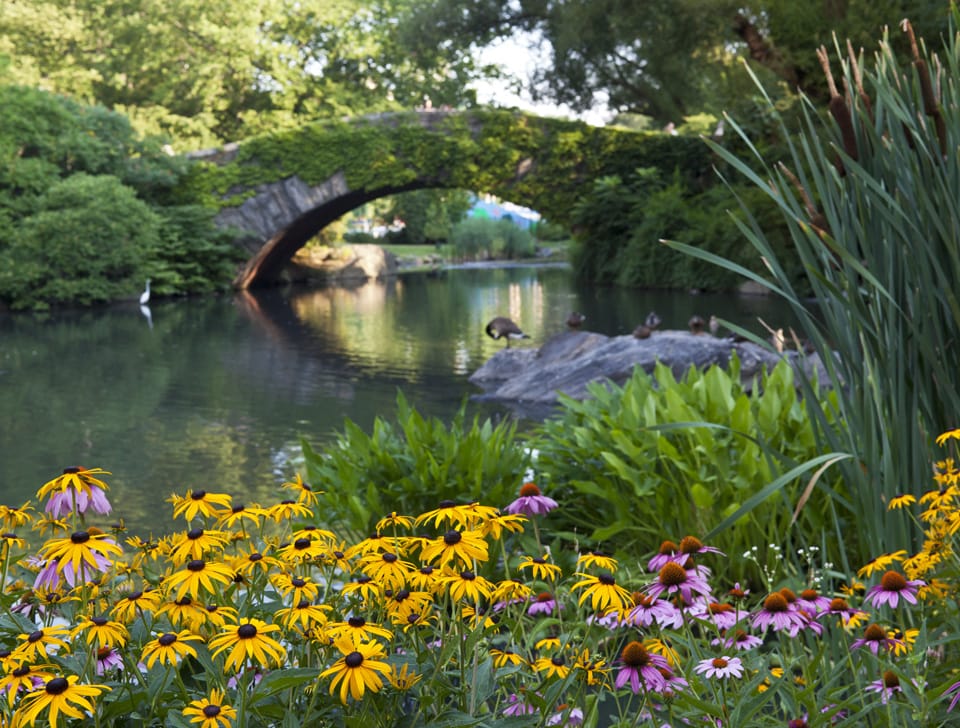
Legacy
Principles, Values & Impact
A visionary who helped shape American progress.
Nearly two centuries ago, Olmsted tackled social and environmental challenges analogous to those we face today: racism, disease, pollution, inequality and deep social divisions. These were profound concerns in late 19th century just as they are now. Olmsted understood the powerful interface between thoughtful design and social justice, and his prescriptions — democratic spaces, community, healthful connections to nature and sustainable landscapes — are vital to address racism, inequality and climate change today.
In the face of the pandemic, Olmsted’s parks and places have proven more important than ever. These places did not appear by accident. They took generations of dedicated stewardship and will require generations going forward. We invite you to partner with the Olmsted Network to think big, take bold actions and to help us sustain and reimagine public spaces.
Democratic Spaces — Parks for all People
Parks for all people was one of Olmsted’s guiding principles. Nearly 200 years before the environmental justice movement, Olmsted designed parks as democratic spaces and called for the creation of national scenic reservations – for all Americans.
After the successful construction of Central Park, city after city in 19th-century America sought to create public spaces accessible by foot, by carriage and by horseback to ensure that all people, of whatever means, could find pleasure and recreation.
Today, equitable access to the health, economic and environmental benefits of parks still remains out of reach for many. One-hundred million people in the U.S., including 28 million children, do not have access to a park within a 10-minute walk from home. Across the nation, parks serving primarily people of color are significantly smaller and more crowded than those serving majority white populations.
Explore ways to build more inclusive, verdant and vibrant places for the next generation.
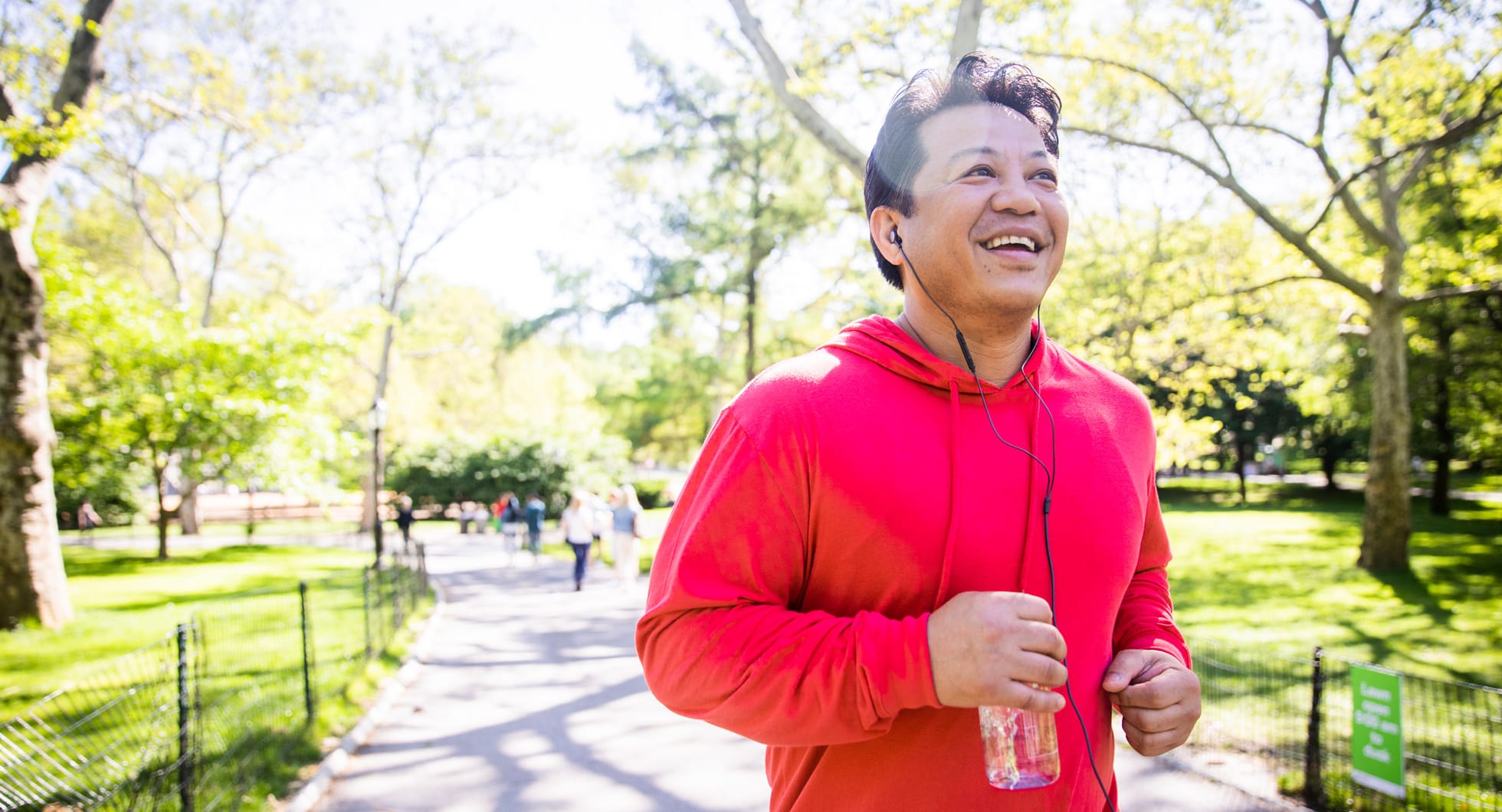
Community Building
Olmsted viewed parks as restorative places that could help individuals be more inclined to “serve others and to be served by others” — what he called “communitiveness.” He believed that healthy civil societies bring people together.
In good times and in times of crisis, parks and open spaces give people from all walks of life a place to connect. They offer a setting for diverse individuals and groups to find common ground, whether playing host to family celebrations, local festivals, political rallies or other activities.
As the country faces both racial and social divides, Olmsted’s vision and values offer ways to bring us together and promote community-based design.
Today, programs such as Good Neighbors seek to build the next generation of landscape architects who will apply Olmsted’s principles to modern challenges.
The Good Neighbors Program introduces landscape design to a new generation.
Public Health
Olmsted believed parks functioned as the “lungs of the city,” offering spaces that could foster physical and mental well-being. As the country grew more urban and industrial, he saw the need to restore people’s connection to nature. Doctors in the 19th century began to prescribe “walks in the park” to promote faster recuperation.
Now, more than 200 years later, a growing body of data confirms Olmsted’s prescience. A report by the Trust for Public Land finds that children with regular access to nature have fewer diseases like asthma, and heat-related illnesses can be drastically reduced by giving people access to parks, which can be as much as six degrees cooler than surrounding areas.
Despite clear health benefits, many underserved communities – often home to individuals with underlying health conditions – have inadequate access to parks and open space, with dire real-life consequences.
Learn how parks benefit the public’s health in myriad ways.
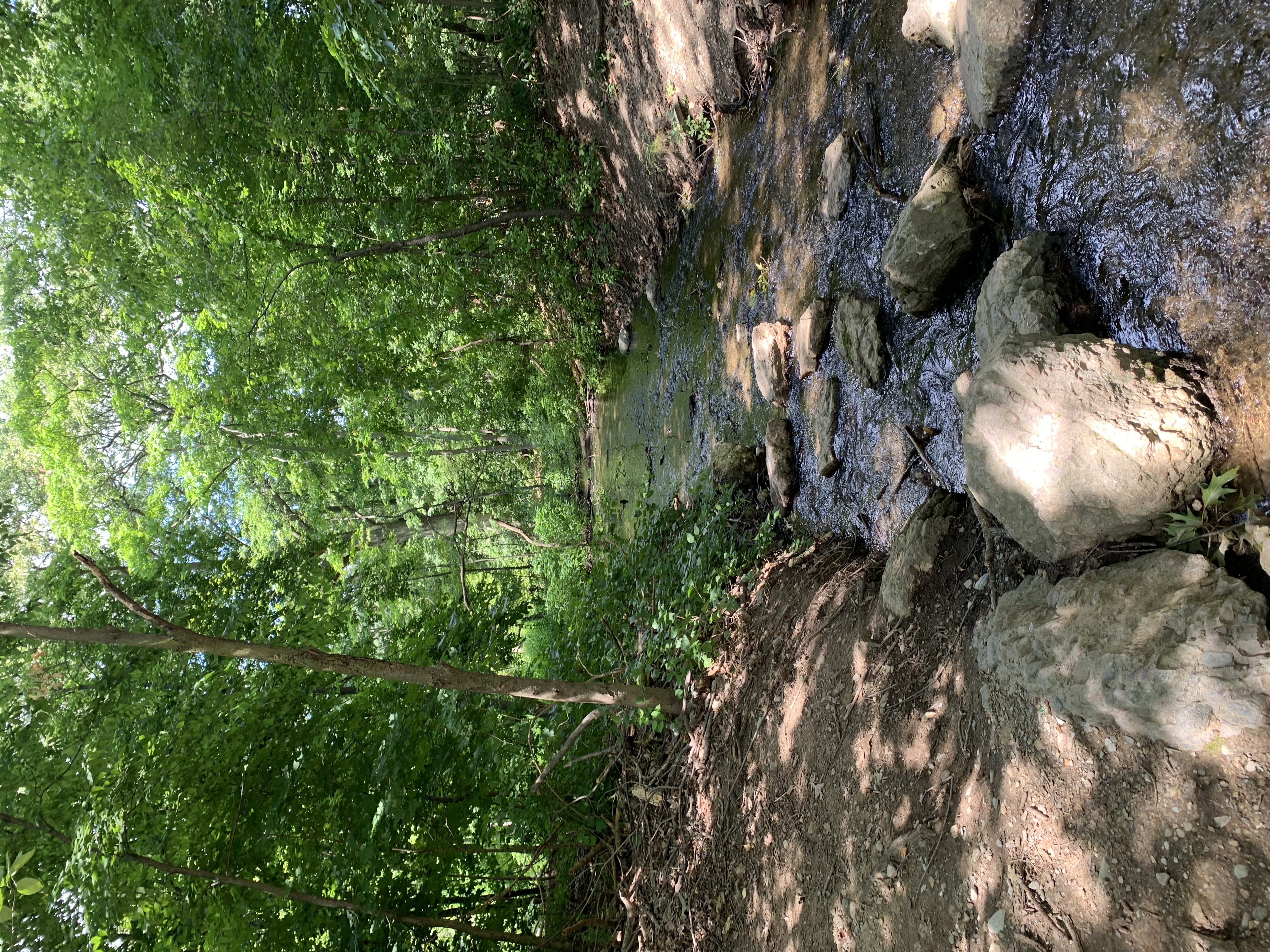
The American Public Health Association and the National Recreation and Park Association joined us for a discussion on parks, equity and public health.
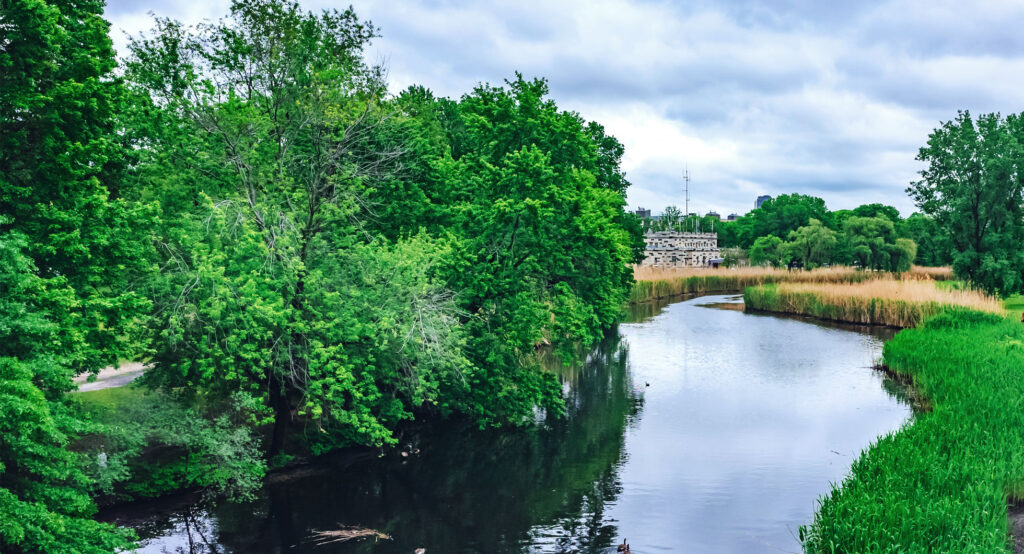
Ecological Health
Designs by Olmsted and the Olmsted Firm heralded modern principles of ecological health, conservation and sustainability. Sustainable cities reclaim natural systems and connect humans to nature. Linear parks and parkways show how healthy and connected green spaces serve as vital natural corridors for birds and wildlife. Today, Boston’s Back Bay Fens remains an extraordinary example of how visionary landscape design can address sanitation by converting a fetid swamp into a natural wetlands. Far from being a luxury, thriving parks and greenspaces are essential to the ecological health of the planet, countering adverse impacts of climate change and threats to biodiversity. Healthy parks and landscapes continue to address stormwater issues, help moderate temperatures and make urban areas more livable. As much of America’s infrastructure nears the end of its useful life, cities have an unmatched opportunity to rethink their needs – with an eye to Olmsted’s system-wide planning. Today, thoughtful regional planning can promote infrastructure that addresses climate change and environmental justice.
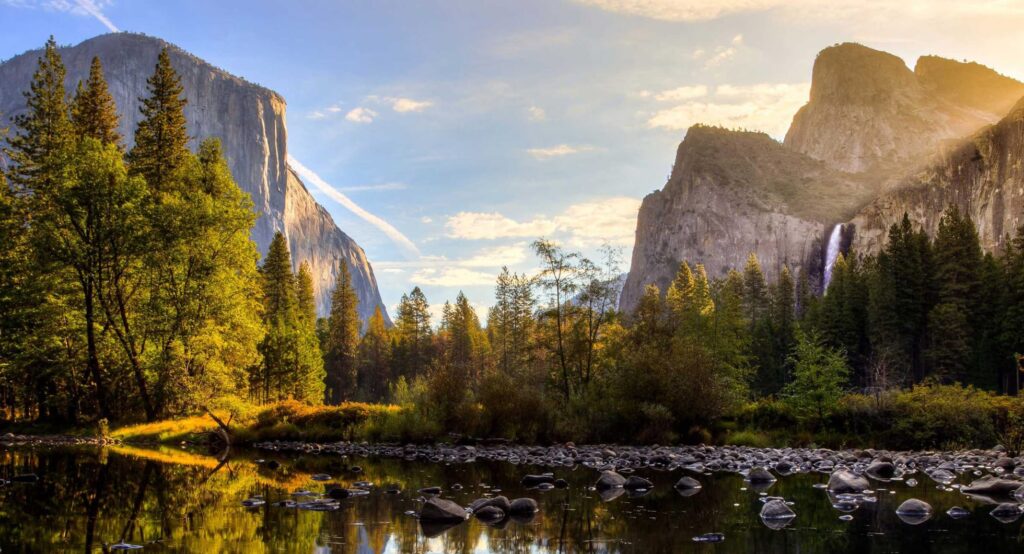
Maintenance and Stewardship
Olmsted understood that parks and public places were not luxuries and advocated for government to provide adequate funding and support at the federal, state and local levels. He also believed that parks and landscapes required ongoing maintenance to protect them for future generations. Olmsted’s park workers were rigorously trained to prevent abuse of the parks and respect for visitors. And yet, today, parks and public spaces are faced with more challenges than ever before. In the age of the pandemic, our nation’s parks and open spaces have served as places of healthful recreation and respite – but at a cost. Parks and greenspaces are not self-sustaining and greater use has meant greater demands for care and maintenance, often with far smaller budgets. Without well-funded maintenance, parks and public spaces can easily lose decades of progress. Olmsted’s designs can and should be an anchor for renewal, and an opportunity to recommit to investment and the revitalization of our historic parks and places for future generations.
Learn how you can help.







